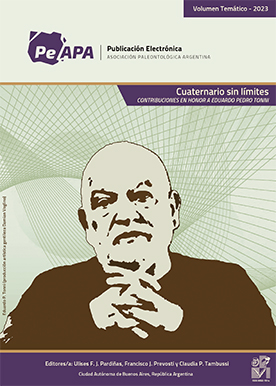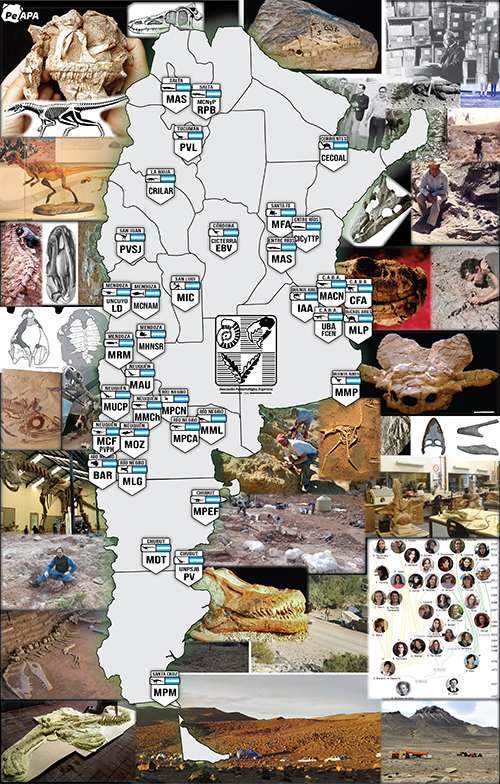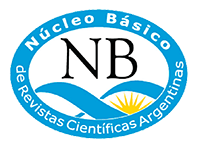FERNS: A PALAEOCLIMATIC SIGNIFICANT COMPONENT OF THE CRETACEOUS FLORA FROM LIVINGSTON ISLAND, ANTARCTICA
Abstract
Available data on Early Cretaceous Antarctic ferns, based on mega and microfossils from Cerro Negro Formation (Shetland Islands) in Livingston Island are evaluated, together with the information provided by recently collected fossils. Anatomically well preserved Osmundaceous stems are common in the fossil assemblage. The cyatheaceae are represented by fertile foliage with spores in situ and the first Antarctic petrified stems of this family are found in Cretaceous strata. Fertile structures support the presence of Marattiaceae in the flora. Spores of Lophosoriaceae and other families are present. This diversity suggests that ferns successfully inhabited these Antarctic areas during the Early Cretaceous, therefore at least warm, frost-free paleoclimatic conditions are proposed.
KEY WORDS. Cretaceous. Antarctica. Cerro Negro Formation. Ferns.
Downloads
Published
Issue
Section
License

Authors retain copyright and grant the journal right of first publication with the work simultaneously licensed under a CC Attribution-NonCommercial 4.0 that allows others to share the work with an acknowledgement of the work's authorship and initial publication in this journal.






















